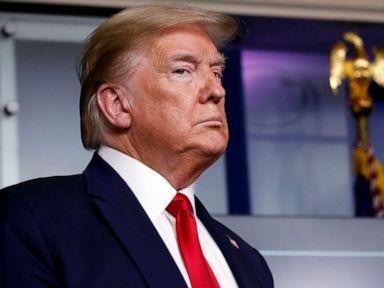
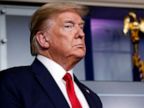

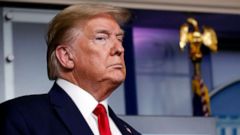
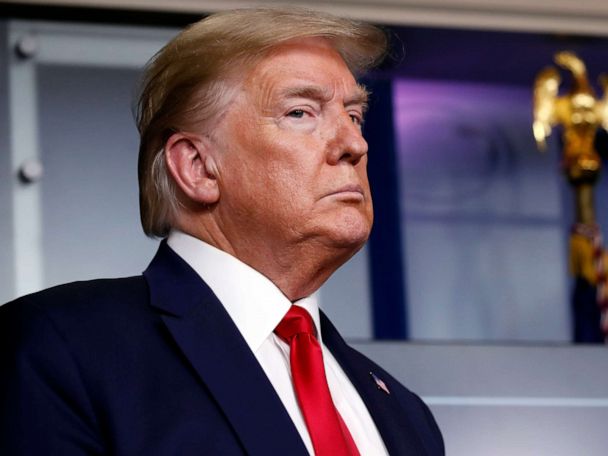
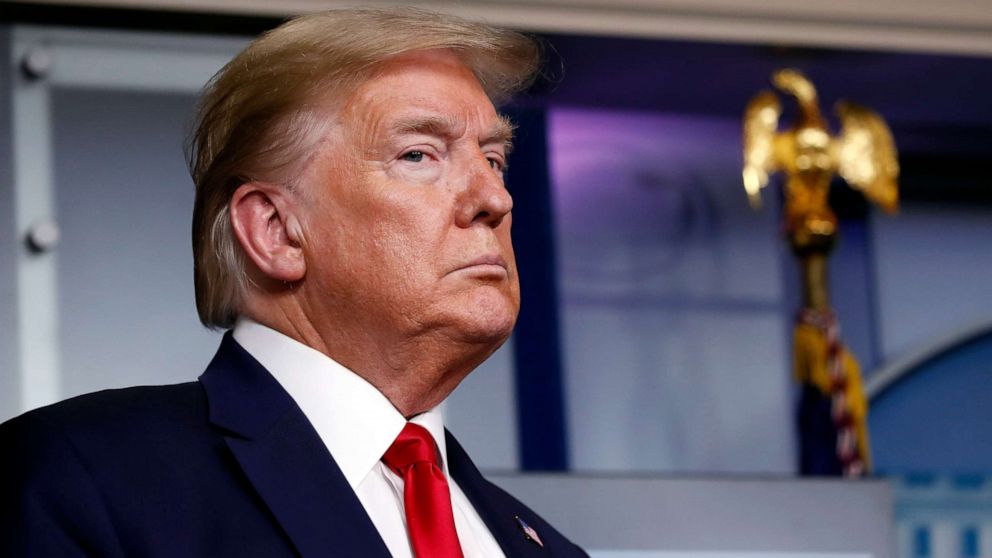
While the White House on Friday insisted that the United States has the testing capacity to begin reopening the economy in certain states, under the administration’s new guidelines, some public health experts warned that the country still lacks adequate testing to track and contain potential coronavirus outbreaks.
Vice President Mike Pence and the administration’s top health officials said the United States has conducted roughly 3.7 million diagnostic tests — roughly 120,000 a day — and argued that the U.S. has the infrastructure to improve testing capacity.
“Our best scientists and health experts assess that today we have a sufficient amount of testing to meet the requirements of phase one reopening, if state governors should choose to do that,” said Pence, referencing White House guidance.
But public health experts surveyed by ABC News, even as they praised the broad strokes of Trump’s reopening plan, said testing shortages would prevent states from safely beginning the reopening process, describing the problem as one requiring a federal, not state-by-state, solution.
“The most critical piece to this opening up is getting testing ramped up,” Dr. Joseph Eisenberg, chair of the epidemiology program at the University of Michigan School of Public Health, told ABC News.
“I don’t think any place is ready to start right now, on the basis of these criteria,” said Dr. Ronald Waldman, a global health expert at George Washington University, who called the Trump administration’s plan “the right approach to take.”
“On the whole,” he added, “it’s the right approach to take. It’s a systematic, although vague in ways, plan for how to go about coming out of lockdown. I think it has some substantial merit.”
The White House guidance, “Opening Up American Again,” calls for states to be able to test symptomatic individuals and vulnerable health care workers before entering the first phase of loosened social distancing restrictions.
While a number of states have stay-at-home orders set to expire in the next few weeks, and others, such as Texas, eying a May reopening in some places, it’s not clear how quickly the majority of the country would be able to begin winding down social distancing measures.
But states need to be able to test a much wider swath of their population — beyond front-line workers and the severely ill — in order to get people back to work, said Jennifer Pinto-Martin, a professor of epidemiology at the University of Pennsylvania School of Nursing and Perelman School of Medicine.
“The only way to successfully contain is with really systematic and aggressive testing and isolation and contact tracing. And the states don’t have the capacity to do that on their own,” she said.
Contact tracing, a system of identifying new cases of COVID-19 by tracking a symptomatic individual’s interactions with other people to find new cases, is also seen as a key piece of the plan to slowly reopen the country.
Trump has recently described testing as the responsibility of the states, rather than the federal government. His proposal called testing one of the “Core State Preparedness Responsibilities.” And on Friday he told reporters that governors “are responsible for testing.”
Dr. Saad Omer, director of the Yale Institute for Global Health, told ABC News that while the White House plan highlights a path forward, it “doesn’t come close to saying how we’re going to do it as a nation.”
“It’s reasonable to say that testing should be increased,” he said. “But we don’t have a national plan for doing so.”
Leaving the issue up to states to solve for themselves could create inequities in testing capacity between states, the experts warned.
“If you’re doing it well in one state and not well in the state right next door, then you might as well not be doing it at all,” Pinto-Martin told ABC News. “So it has to be coordinated at the national level.”
With many states concerned about lacking the testing required to monitor their populations, the administration has outlined efforts to help states expand their efforts.
“There is existing capacity that we have, that for one reason or other maybe has not been fully communicated,” Dr. Anthony Fauci, the nation’s top infectious disease expert, said Friday.
Added Pence: “We actually believe that we could double the amount of testing that’s taking place every day if we simply brought online all of the testing capabilities and all the labs.”
The Food and Drug Administration has approved a slew of new tests that could help close the testing gap, and allowed for a new type of swab to be used to test for the coronavirus that could help ease the supply shortage across the country.

